Bin Cai
Deep Learning for 1-Bit Compressed Sensing-based Superimposed CSI Feedback
Mar 13, 2022

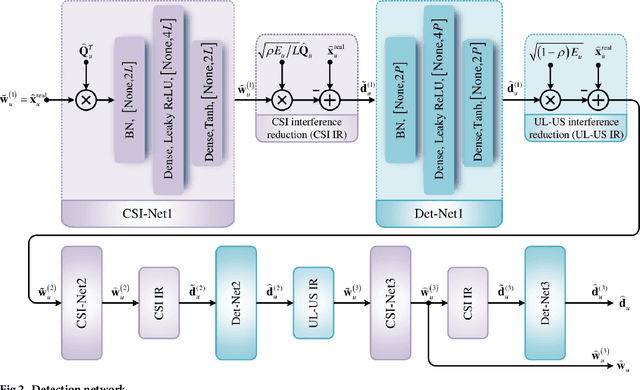
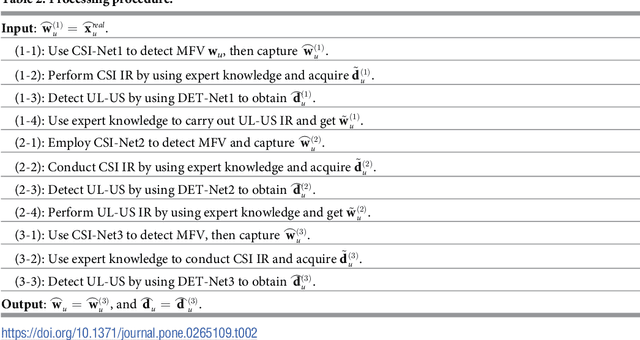
Abstract:In frequency-division duplexing (FDD) massive multiple-input multiple-output (MIMO) systems, 1-bit compressed sensing (CS)-based superimposed channel state information (CSI) feedback has shown many advantages, while still faces many challenges, such as low accuracy of the downlink CSI recovery and large processing delays. To overcome these drawbacks, this paper proposes a deep learning (DL) scheme to improve the 1-bit compressed sensing-based superimposed CSI feedback. On the user side, the downlink CSI is compressed with the 1-bit CS technique, superimposed on the uplink user data sequences (UL-US), and then sent back to the base station (BS). At the BS, based on the model-driven approach and assisted by the superimposition-interference cancellation technology, a multi-task detection network is first constructed for detecting both the UL-US and downlink CSI. In particular, this detection network is jointly trained to detect the UL-US and downlink CSI simultaneously, capturing a globally optimized network parameter. Then, with the recovered bits for the downlink CSI, a lightweight reconstruction scheme, which consists of an initial feature extraction of the downlink CSI with the simplified traditional method and a single hidden layer network, is utilized to reconstruct the downlink CSI with low processing delay. Compared with the 1-bit CS-based superimposed CSI feedback scheme, the proposed scheme improves the recovery accuracy of the UL-US and downlink CSI with lower processing delay and possesses robustness against parameter variations.
Region Specific Optimization (RSO)-based Deep Interactive Registration
Mar 08, 2022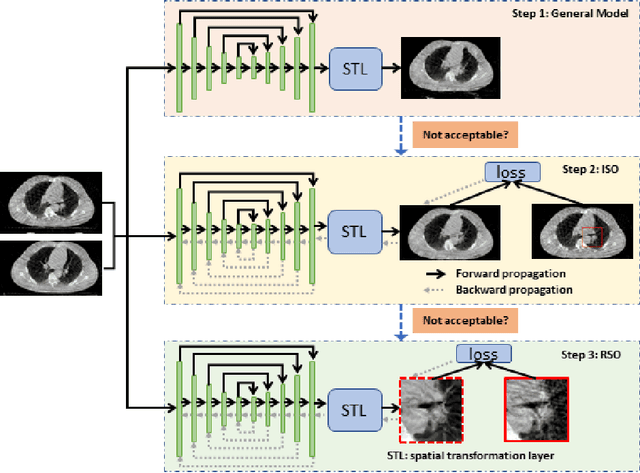



Abstract:Medical image registration is a fundamental and vital task which will affect the efficacy of many downstream clinical tasks. Deep learning (DL)-based deformable image registration (DIR) methods have been investigated, showing state-of-the-art performance. A test time optimization (TTO) technique was proposed to further improve the DL models' performance. Despite the substantial accuracy improvement with this TTO technique, there still remained some regions that exhibited large registration errors even after many TTO iterations. To mitigate this challenge, we firstly identified the reason why the TTO technique was slow, or even failed, to improve those regions' registration results. We then proposed a two-levels TTO technique, i.e., image-specific optimization (ISO) and region-specific optimization (RSO), where the region can be interactively indicated by the clinician during the registration result reviewing process. For both efficiency and accuracy, we further envisioned a three-step DL-based image registration workflow. Experimental results showed that our proposed method outperformed the conventional method qualitatively and quantitatively.
ELM-based Frame Synchronization in Burst-Mode Communication Systems with Nonlinear Distortion
Feb 14, 2020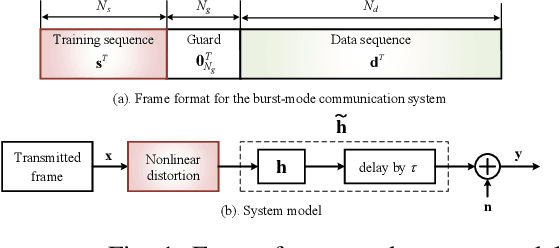
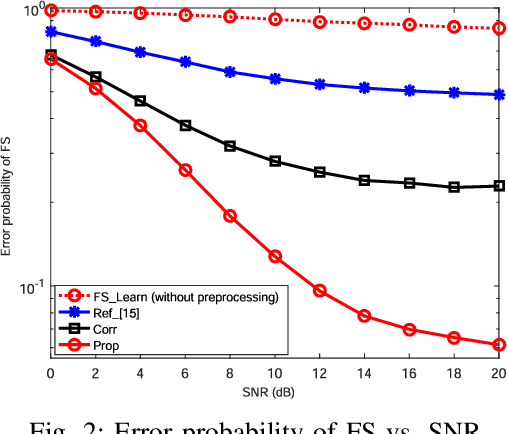

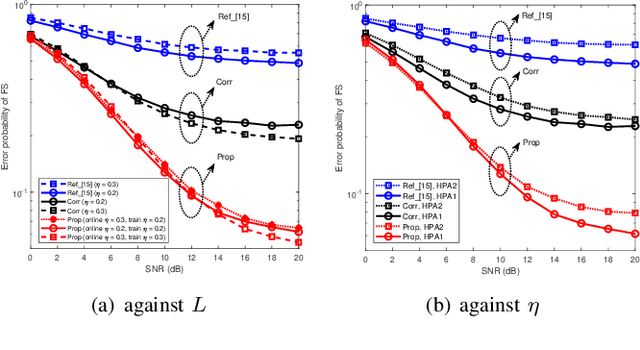
Abstract:In burst-mode communication systems, the quality of frame synchronization (FS) at receivers significantly impacts the overall system performance. To guarantee FS, an extreme learning machine (ELM)-based synchronization method is proposed to overcome the nonlinear distortion caused by nonlinear devices or blocks. In the proposed method, a preprocessing is first performed to capture the coarse features of synchronization metric (SM) by using empirical knowledge. Then, an ELM-based FS network is employed to reduce system's nonlinear distortion and improve SMs. Experimental results indicate that, compared with existing methods, our approach could significantly reduce the error probability of FS while improve the performance in terms of robustness and generalization.
Deep Learning for CSI Feedback Based on Superimposed Coding
Jul 27, 2019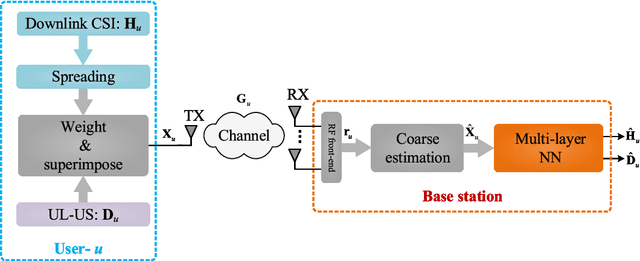
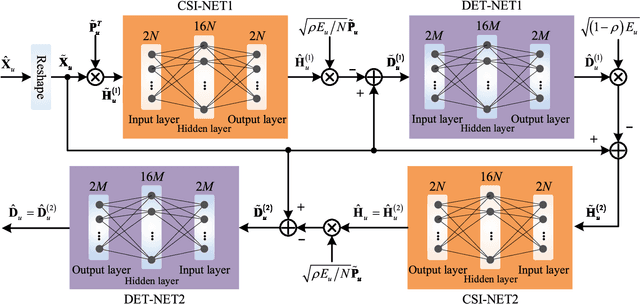
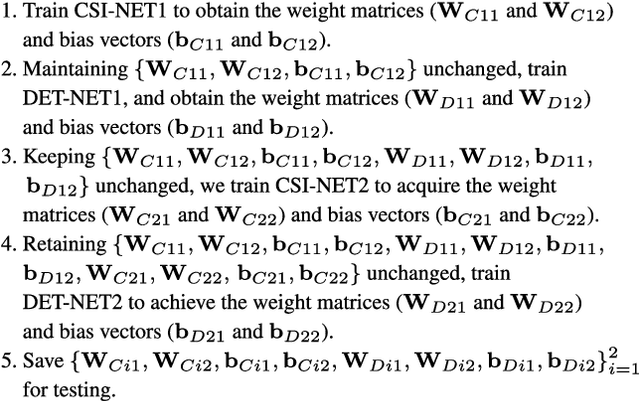
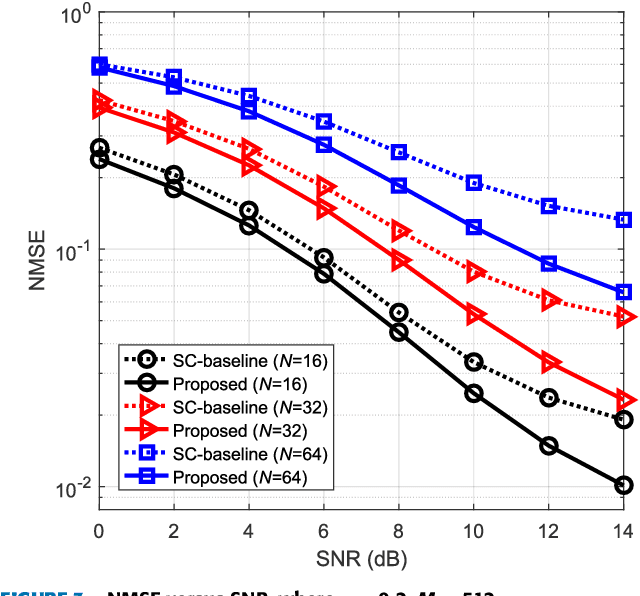
Abstract:Massive multiple-input multiple-output (MIMO) with frequency division duplex (FDD) mode is a promising approach to increasing system capacity and link robustness for the fifth generation (5G) wireless cellular systems. The premise of these advantages is the accurate downlink channel state information (CSI) fed back from user equipment. However, conventional feedback methods have difficulties in reducing feedback overhead due to significant amount of base station (BS) antennas in massive MIMO systems. Recently, deep learning (DL)-based CSI feedback conquers many difficulties, yet still shows insufficiency to decrease the occupation of uplink bandwidth resources. In this paper, to solve this issue, we combine DL and superimposed coding (SC) for CSI feedback, in which the downlink CSI is spread and then superimposed on uplink user data sequences (UL-US) toward the BS. Then, a multi-task neural network (NN) architecture is proposed at BS to recover the downlink CSI and UL-US by unfolding two iterations of the minimum mean-squared error (MMSE) criterion-based interference reduction. In addition, for a network training, a subnet-by-subnet approach is exploited to facilitate the parameter tuning and expedite the convergence rate. Compared with standalone SC-based CSI scheme, our multi-task NN, trained in a specific signal-to-noise ratio (SNR) and power proportional coefficient (PPC), consistently improves the estimation of downlink CSI with similar or better UL-US detection under SNR and PPC varying.
 Add to Chrome
Add to Chrome Add to Firefox
Add to Firefox Add to Edge
Add to Edge